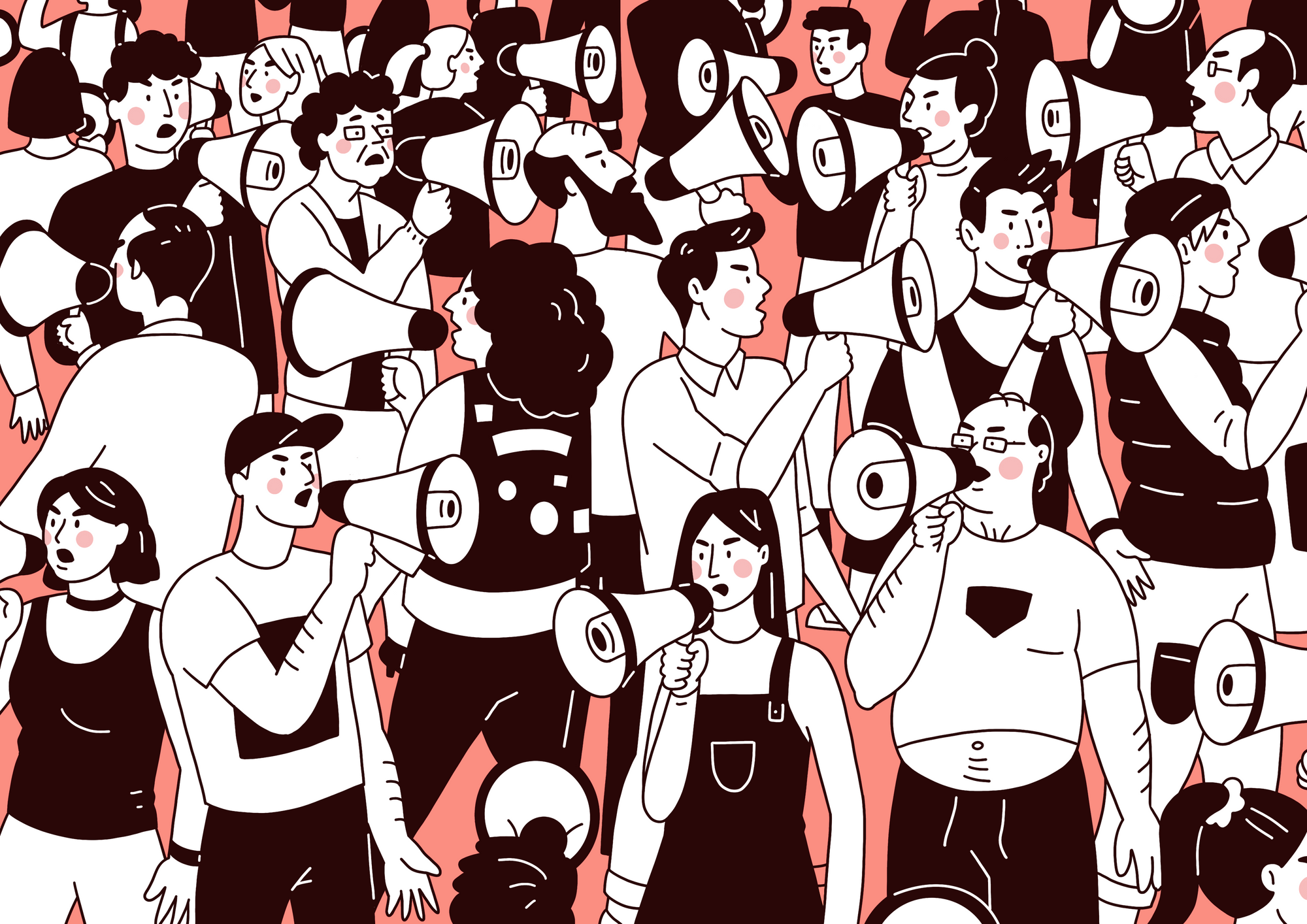Intimate and humorous by default, but critical and analytical if needed: the authors of the online platform dubbed Lazy Women have been writing about the social-economic links of work and womanhood for almost a year now. Their articles are spiced up by the illustrations of Hungarian and foreign creatives—let’s see a few of them!
Zsófi Borsi, Luca Dudits and Bori Tóth launched the online platform dubbed Lazy Women one year ago with the aim of writing about the specificities of the productivity-craving lifestyle prevailing in our time affecting women.
“We wanted to create an online environment that offers an insight to as many different perspectives of the experience of womanhood as possible. The feeling of being locked in experienced during the first few months of the Covid-19 pandemic, and, simultaneously, the pressure imposed by the media outlets we followed, namely that we should spend this difficult and odd period »usefully« and »productively«, (that we should exercise more, should acquire new skills, and so on) had a strange impact on us. By contrast, our goal was to create a site that reflects on these social pressures particularly concerning women,” the founders shared with us.
In their English-language articles we can read about quarter life crisis or the relationship between the sexual liberation and racism, but in addition to the analytical pieces, the authors also publish lighter content, including book reviews and interviews made with inspiring women.
“It was during this period that we truly realized the vast difference between the perception of ‘domestic work’ and’ public work’ by the society. The invisible work, performed most often by women, such as cleaning, child-raising or cooking, many times remains without mentioning, acknowledgment and compensation in today’s patriarchal society. Men mainly perform work in the public sphere, which is recognized more explicitly by the society, while the value of female perspectives and female activities is often pushed to the background. We believe that the representation of these perspectives is important and useful for the society, and so we strive to present as many different topics as possible from a feminist point.”
The pieces are accompanied by apt visualizations. The authors work with ten to fifteen illustrators on a regular basis. The illustrators are informed of the freshly finished articles from a newsletter, and then they can choose which piece they would like to illustrate depending on their capacity and interests. The author and the illustrator often develop the concept of the illustration together.






In style for a prettier smile | Curaprox Pop-Art edition

Modern churches | TOP 5










